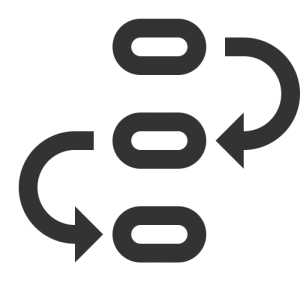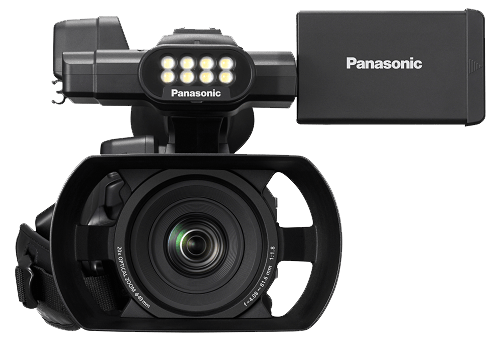 The Basic Process:
The Basic Process:
The basic process is the same for all webcasts, other than differences in scale of production:
 1. Audio-Video Capture: Images and/or sound are ‘ingested’ into the streaming/encoding system with appropriate equipment – a high definition camcorder feeding audio and video into a computer via a video capture device. Anything from a single digital camcorder to multiple cameras with ‘live’ video switchers can accomplish this task.
1. Audio-Video Capture: Images and/or sound are ‘ingested’ into the streaming/encoding system with appropriate equipment – a high definition camcorder feeding audio and video into a computer via a video capture device. Anything from a single digital camcorder to multiple cameras with ‘live’ video switchers can accomplish this task.
2. Output: The output from this equipment is fed into the encoding hardware (or software contained within a laptop or PC) using the appropriate interface.
3. Encoding: Software on the PC turns that input into a format suitable for live streaming. Typically this would be Mpeg MP4 (H264) Video. Flash Video (flv or f4v) & Windows Media Video (wmv) are technologies no longer in use today.
4. Transmission: The encoded output is then transmitted via a broadband internet connection at the venue, to our streaming servers which distribute the signal anywhere in the world you may want to send it. The higher the speed of this internet connection, the higher the quality of the images we broadcast. Generally a wired connection is far preferable to a wireless (Wi-Fi) connection, in order to prevent any slowdown or interruption of the stream.
 5. Broadcast: This single stream is received by our streaming servers and re-broadcast, in real time, to multiple viewers via a website link, where it can be viewed in ‘real-time’ on any browser like Edge, Firefox, Safari, Firefox or Chrome (Internet Explorer is not recommended).
5. Broadcast: This single stream is received by our streaming servers and re-broadcast, in real time, to multiple viewers via a website link, where it can be viewed in ‘real-time’ on any browser like Edge, Firefox, Safari, Firefox or Chrome (Internet Explorer is not recommended).
For more information visit our website at Mediastreams.ca or call us at 604.970.5055
